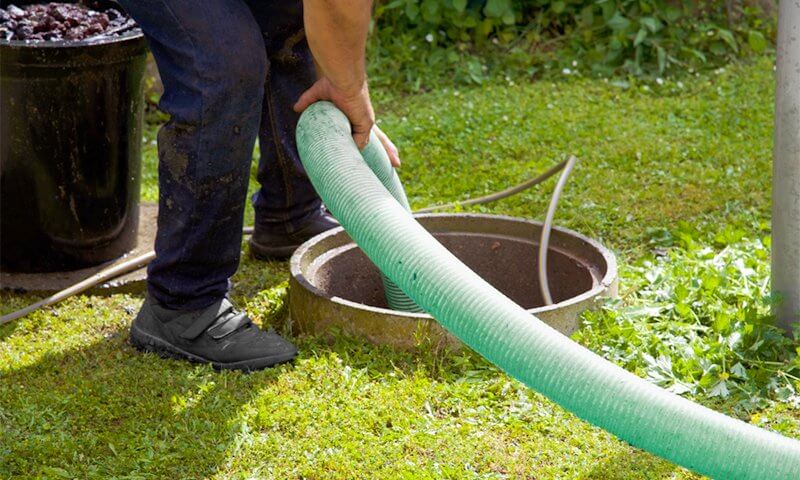Most people think that septic systems are relatively rare. But there are actually over 21 million homes across the United States that rely on them. With nearly one in five homes using septic systems, you would think that there would be more focus on the care and proper use of these wastewater systems. Unfortunately, many homeowners are unaware of the simple steps to follow to ensure that their septic systems continue to function correctly. But with just a few simple tips, you can rest assured that your system will continue to get the job done with no messy issues.
To Pump Or Not To Pump?
If you are not familiar with a septic system, you will have no idea when to have the tank pumped out. The wrong way to schedule this essential service is to wait until the tank is overflowing. There are several factors that will impact when your home’s septic tank should be pumped out. They include:
- The size of the septic tank
- The number of people in your family
- Your habits and the amount of wastewater generated
- The volume of the solids in the wastewater.
The best way to know when to have your septic tank pumped out is to have it regularly inspected. A licensed plumber will check the tank to ensure that it is functioning correctly. At that time, he or she will be able to estimate when the tank will need to be pumped out. The most common estimate for a pump-out is once every three to five years.
Use Water As Efficiently As Possible
The more wastewater your home creates, the more frequently you will need to have your septic tank pumped out. There are even cases where so much water flows into the system that it creates a leach field flood and can overwhelm the bacteria in the septic tank.
The EPA offers many tips on using less water in your home without the need for significant changes in your lifestyle. Some of these tips include:
- Installing high-Efficiency Toilets- Toilets generate about 30% of all household water use. And that water is flowing directly into your septic system. Older toilets use as much as 5 gallons of water per flush. However, new high-efficiency toilets cut that number back to 1.6 gallons or less per flush. That reduces your water consumption per flush by 3.4 gallons. At just ten flushes a day, that is 35 gallons less headed to your septic system each day, or over 12,400 gallons each year.
- Install Faucet Aerators- Faucet aerators and high-efficiency showerheads reduce the flow of water from these devices and add air to the water. The added air increases the efficiency of the water, so it feels like you are still using the same amount of water when showering. It is estimated that a high-efficiency showerhead will reduce water usage in the shower by as much as 40% without altering your enjoyment.
- Wash Efficiently- Only use your high-efficiency washing machine and dishwasher when they are full. It will make the most of each gallon of water used. An ENERGY STAR rated clothes washer uses 50% less water than a standard model and saves you 35% on the energy to operate the machine.
- Also, doing only a single load of laundry per day will help avoid any flooding in your septic system leach field.
To learn more about proper care of your septic system or to schedule an inspection, call (281) 317-6103. The licensed professionals at Brown Aerobic Service Company will be happy to answer your questions and provide you with a health status report for your septic system.

